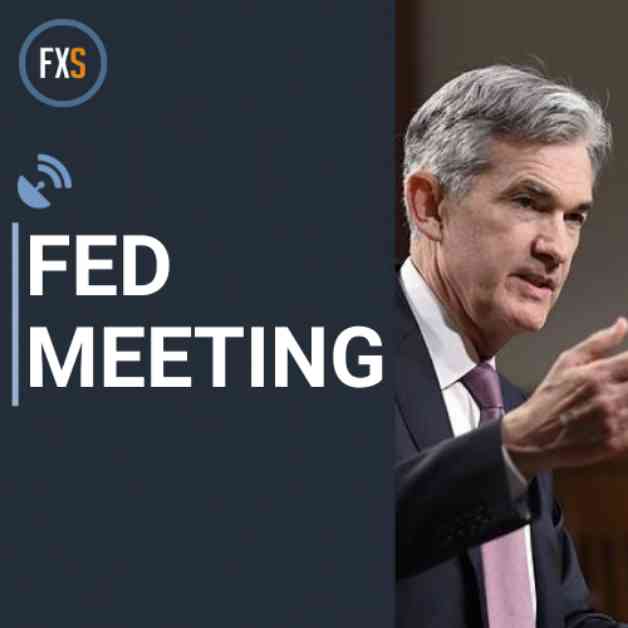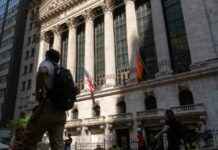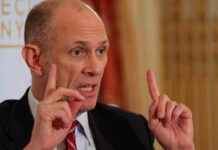The US Federal Reserve (Fed) is set to announce its monetary policy decisions after the July 30-31 policy meeting on Wednesday. Market expectations suggest that the Fed will maintain the policy rate at 5.25%-5.5% for the eighth consecutive meeting.
Fed Chairman Jerome Powell’s remarks during the announcement could offer valuable insights into the policy-easing strategy for the remainder of the year. Market sentiment indicates a high likelihood of multiple policy rate reductions starting in September.
The CME FedWatch Tool indicates that while a rate cut in July is unlikely, a September rate reduction is fully priced in by the markets. Investors will closely monitor any changes in the statement language and comments from Chairman Powell to gauge the Fed’s approach towards easing monetary policy. The tool suggests a 70% probability of a total 75 basis points rate cut by the US central bank in 2024.
There is a growing optimism among Fed policymakers regarding the resumption of disinflation progress in the second half of the year, following soft inflation figures in the second quarter. Richmond Federal Reserve President Thomas Barkin mentioned that policymakers will discuss whether it is still appropriate to characterize inflation as elevated during the July meeting. Chicago Fed President Austan Goolsbee highlighted the improved inflation data over the past few months, expressing confidence in the inflation outlook. San Francisco Fed President Mary Daly also noted significant progress on inflation and increasing confidence in nearing the 2% target.
In anticipation of the July policy meeting, analysts from TD Securities expect the Fed to maintain the Fed funds target range unchanged, with focus on the Committee’s forward guidance for potential easing cycles. While Chairman Powell may not definitively commit to a rate cut in September, he is likely to hint at the Fed’s inclination towards such a move.
In the event that Powell suggests additional policy easing towards the end of the year, it could boost risk sentiment in the market and put pressure on the US Dollar. However, since markets have already factored in a substantial rate reduction for the year, the USD might not have much room for further decline. If Powell emphasizes a data-dependent approach and indicates a cautious stance on future rate cuts, the USD could see a rebound due to existing market positioning.
Analysts from BBH mentioned that the Fed is unlikely to cut rates as much as currently priced in, given the solid economic growth and modest disinflation in the US. They also noted that rising US productivity could lead to low inflationary growth, higher real interest rates, and potential appreciation of the USD in the long term.
For traders interested in EUR/USD, a technical outlook provided by FXStreet’s analyst Eren Sengezer suggests key levels to watch. The 1.0790-1.0810 area, where several Simple Moving Averages converge, is noted as a significant pivot zone. If this region holds as support, technical buyers may remain active. On the upside, resistance levels are identified at 1.0860 and 1.0950, while a breach below 1.0790-1.0810 could target 1.0700 and 1.0665.
Overall, the Federal Reserve’s upcoming policy decisions and Chairman Powell’s remarks will play a crucial role in shaping market expectations and influencing currency movements, particularly the US Dollar’s performance against major counterparts like the Euro. Traders and investors will closely monitor the Fed’s stance on interest rates and inflation dynamics to position themselves accordingly in the forex market.

















